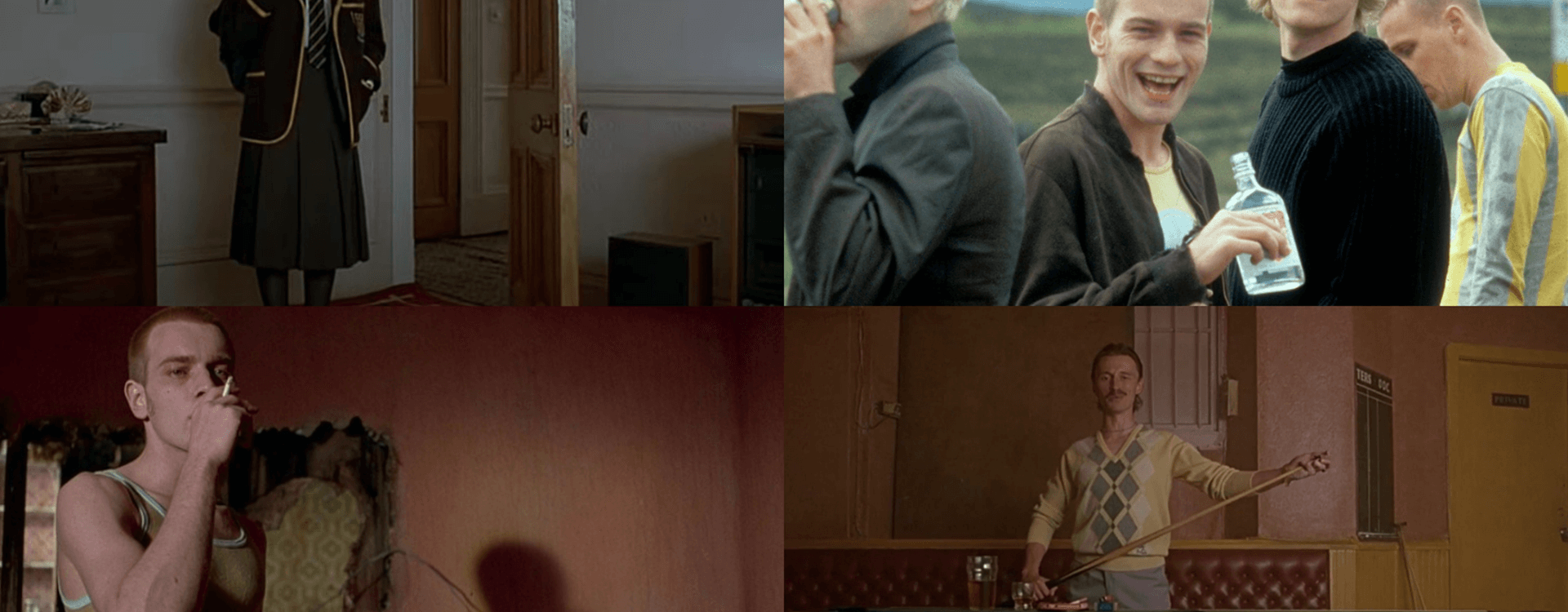Highlights
Table of Contents
Explore article topics
- This post contains major spoilers. Read at your own risk.
The opening monologue of Trainspotting, one of the most iconic films of the 1990s, which celebrates its 25th anniversary, begins with a supposedly life-affirming message:
“Choose Life; Choose a job; Choose a career; Choose a family…”

When the voice-over says ‘”Choose a f***king big television,’ you realize that this might not be such an inspiring speech. And indeed, it isn’t.
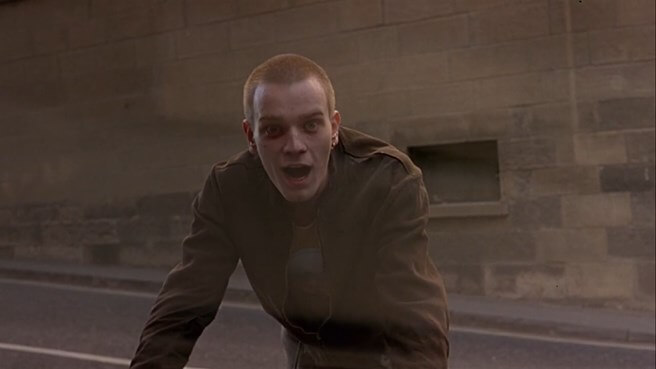
By the end of the monologue, the film’s main theme becomes clear:
“I chose not to choose life. I chose something else. And the reasons? There are no reasons. Who needs reasons when you have heroin…”
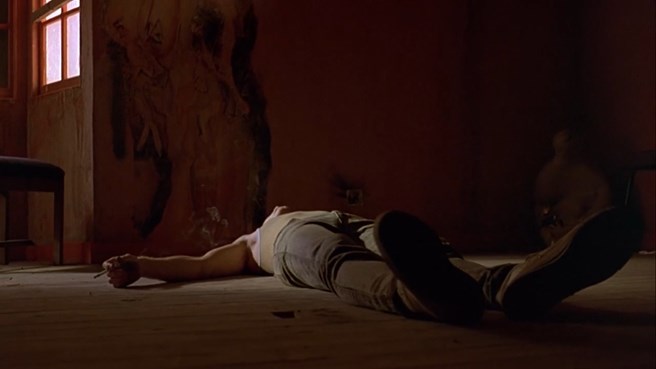
Directed by Danny Boyle and based on Irvine Welsh’s novel, Trainspotting deals with heroin addiction, showing vignettes from the chaotic lives of 4-5 (so-called) friends living in Edinburgh, Scotland. 3 of the friends are heroin addicts: Mark Renton (Ewan MacGregor), Spud (Ewen Bremner) and Sick Boy (Jonny Lee Miller). The other 2 friends are not heroin-users – Tommy (Kevin McKidd), the “straight” guy of the bunch and Begbie (Robert Carlyle), a mentally unstable hothead who’s addicted to violence instead of heroin. Think of him as the Scottish version of Joe Pesci’s character in Goodfellas, Tommy DeVito – always on the verge of a violent outburst.
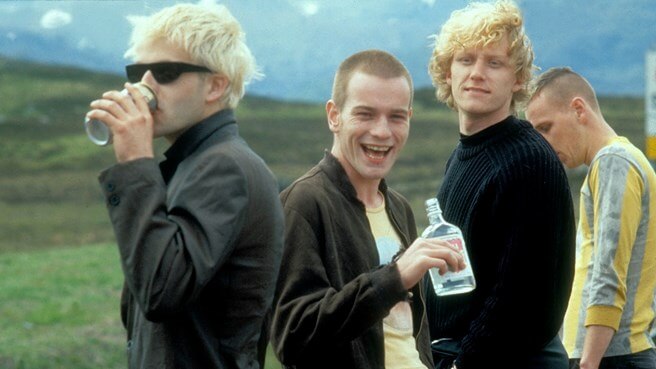
There are several ways to analyze this classic indie hit, and I’ll focus on the impact of color and music on the film’s storytelling, message, hyper-realistic style and emotions it evokes.
The film’s soundtrack is rightly considered one of the best all-time and not only because it features the hottest British acts of the 90s like Blur, Damon Albarn, Pulp, Elastica, Left Field, Underworld and New Order alongside 2 of their American Godfathers, Lou Reed and Iggy Pop.
The beat of the Film
Music is one of Trainspotting’s main driving forces. The pulsating beat of Iggy’s proto-punk anthem ‘Lust for Life‘ in the opening scene sets the film’s dynamic pulse and hyper-realistic style. That throbbing beat helps keep things energized all through the film, always keeping you on your toes. Even the most disturbing moments (and there are quite a few) have a rhythm that prevents things from becoming too heavy.
Danny Boyle expertly breaks off the film’s musical pulse in Renton’s overdose scene in which he (temporarily) loses his pulse to the sound of Lou Reed’s drugged emotional and euphoric ballad ‘Perfect Day’ – the film’s musical centerpiece.
The film’s pulse quickly picks up with the next song – Pulp’s playfully dirty ‘Mile End’ – and continues beating all until the end. It culminates in the final scene, where Renton sheds his past (by double-crossing his friends) to make a new life for himself to the sound of Underworld’s Techno Dance hit ‘Born Slippy‘.
The muted colors of heroin
In terms of style, many have tried to emulate the Trainspotting look when trying to capture the essence of young social outcasts.
Color-wise, Danny Boyle and his production design team based their palette on the work of British figurative painter Francis Bacon. Because the film deals with worn-out junkies, Boyle used muted versions of red, orange and purple, the dominant colors in Bacon’s work.
Get unlimited royalty-free 4K footage
To differentiate between the world of junkies and “straight” people, the look switches to much livelier colors when showing the latter.
The most striking example is the non-heroin-using Tommy and the most tragic figure in the film, whose color palette starts fading the moment he takes that first hit. The film was criticized for glorifying drug-use, but Tommy’s ark serves as a cautionary tale that shows everyone could become an addict.
Before heroin
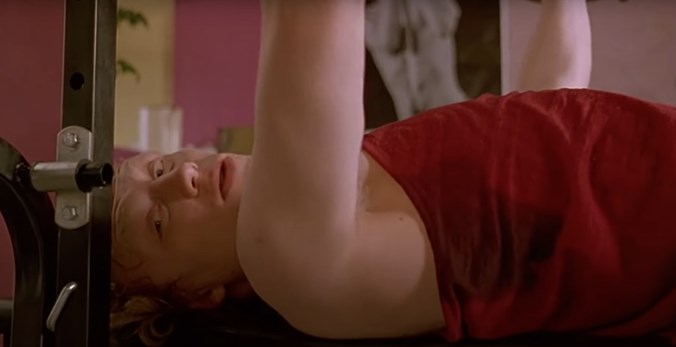
After heroin
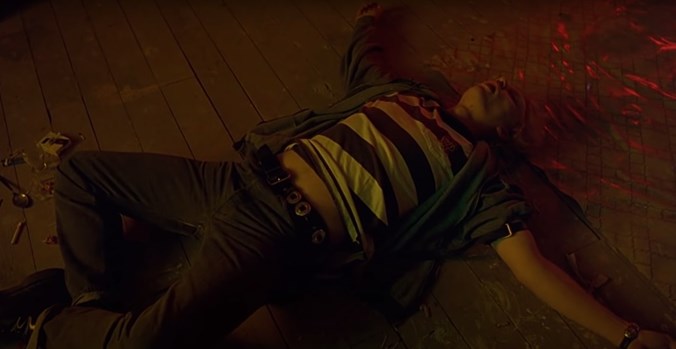
After more heroin
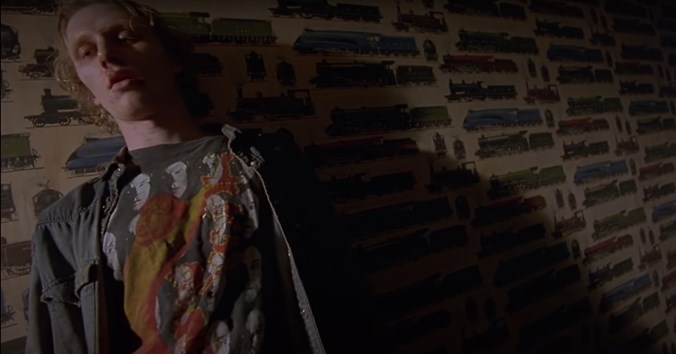
Music also comes into play in this scene, as New Order’s ‘Temptation’ plays in the background when Renton realizes Diane is underage.
Before meeting the parent
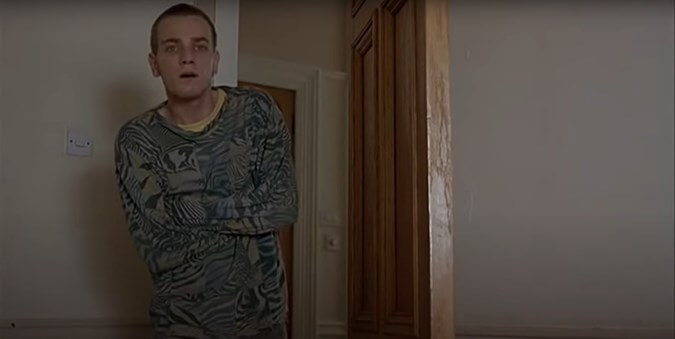
After meeting the parents
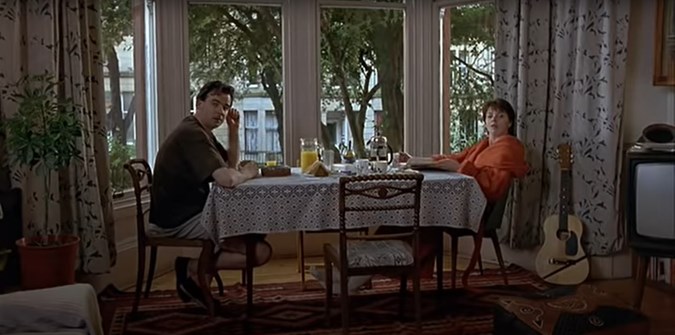
Music also comes into play in this scene, as New Order’s ‘Temptation’ is playing in the background when Renton realizes Diane is underage.
A few moments later
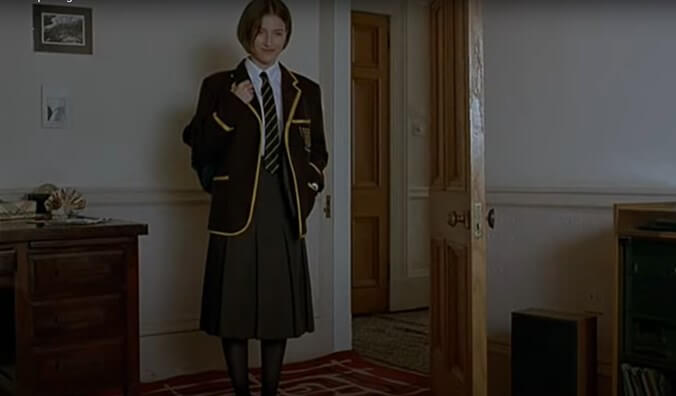
Another inspiration for Trainspotting is Stanley Kubrick’s hyper-violent masterpiece ‘A Clockwork Orange’. One could say that the Trainspotting gang is the heroin-addicted version of Alex’s “droogs” who are too wiped out to be violent.
The ClockWork Orange influence becomes explicit in the club scene, which was stylized in the same way as the Korova Milkbar, where the droogs drink their drug-laced milk.
The Korova Milkbar
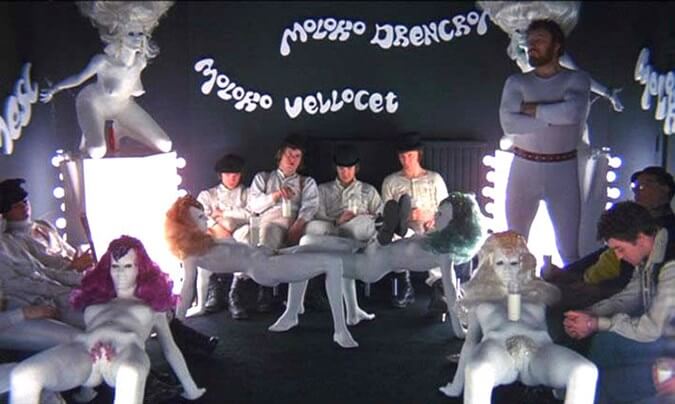
The Volcano club
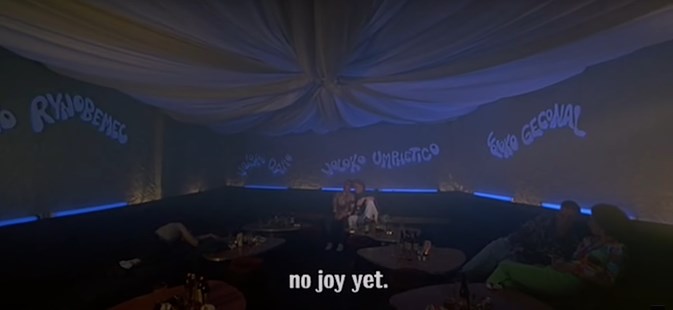
Wrap up
In Trainspotting, Danny Boyle shows how you can use music to set the film’s rhythm and colors to set the mood. Hope you found this analysis helpful, and if you haven’t seen Trainspotting, go watch it now!
Share this article
Did you find this article useful?
Related Posts
- By Tim McGlinchey
- 5 MIN READ
- By Kim Wacker
- 6 MIN READ
- By Daniela Bowker
- 11 MIN READ
Latest Posts
- 25 Apr
- By Josh Edwards
- 4 MIN READ
